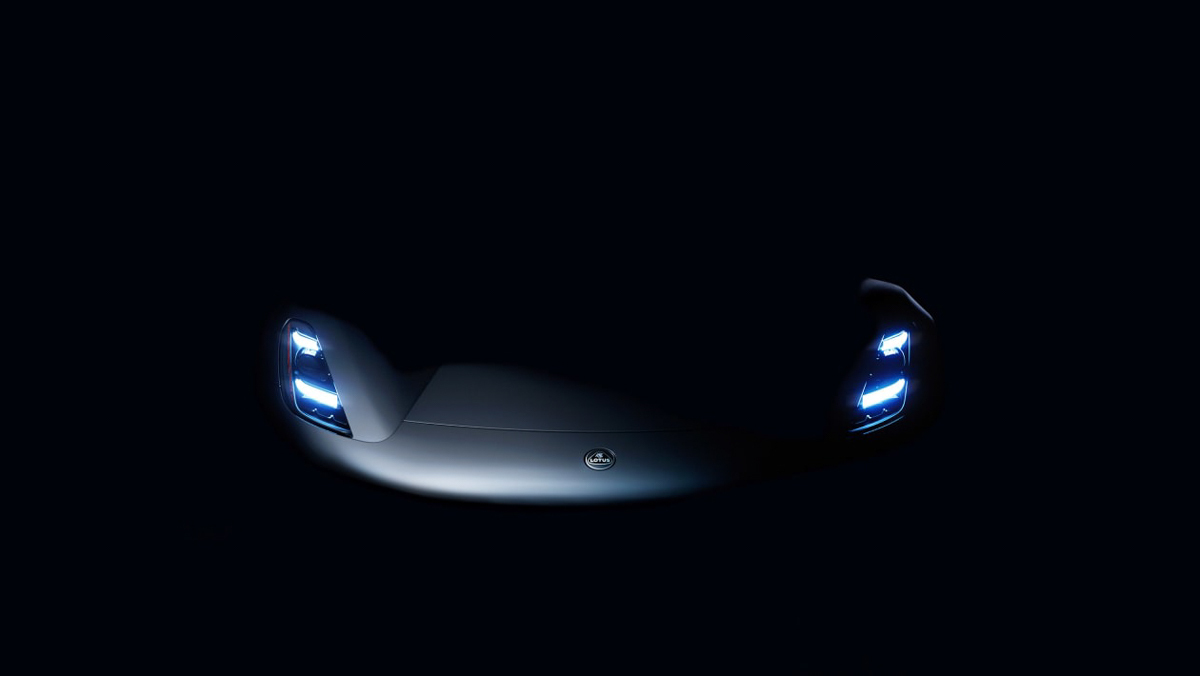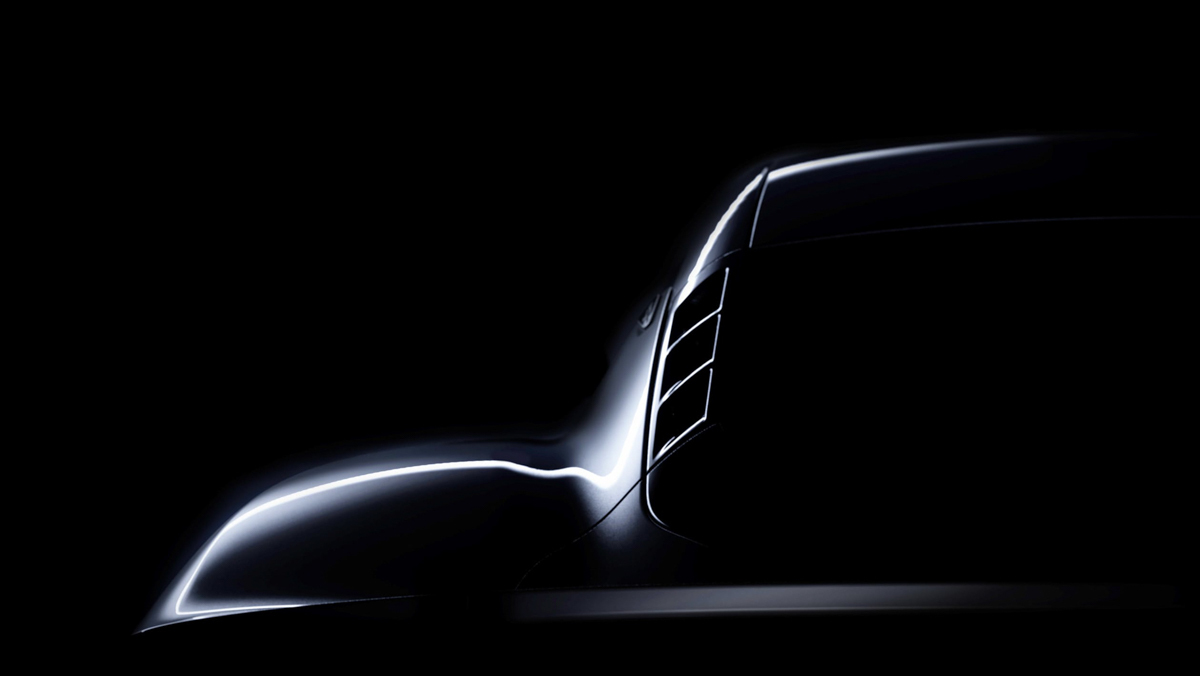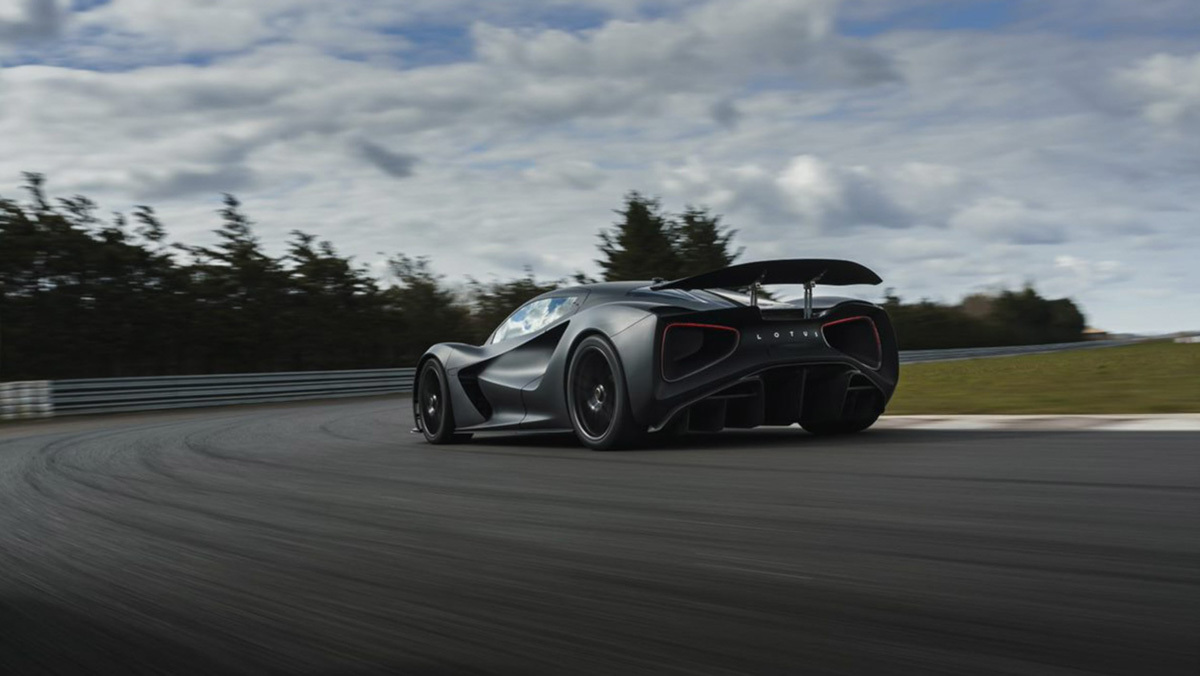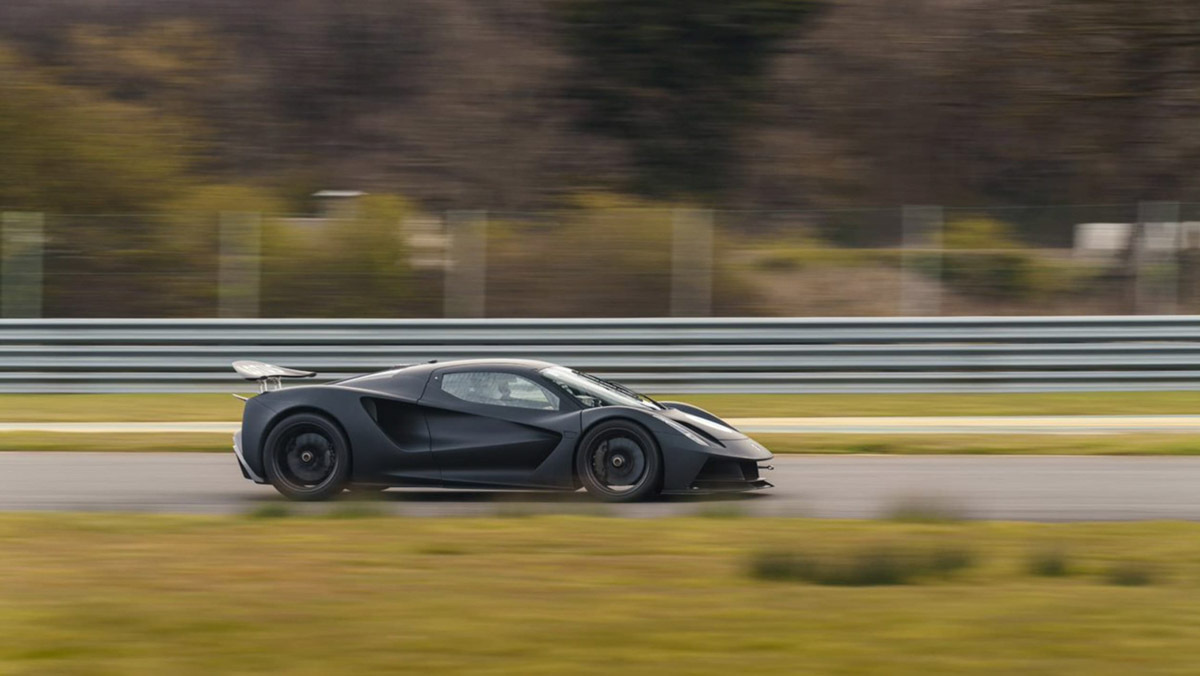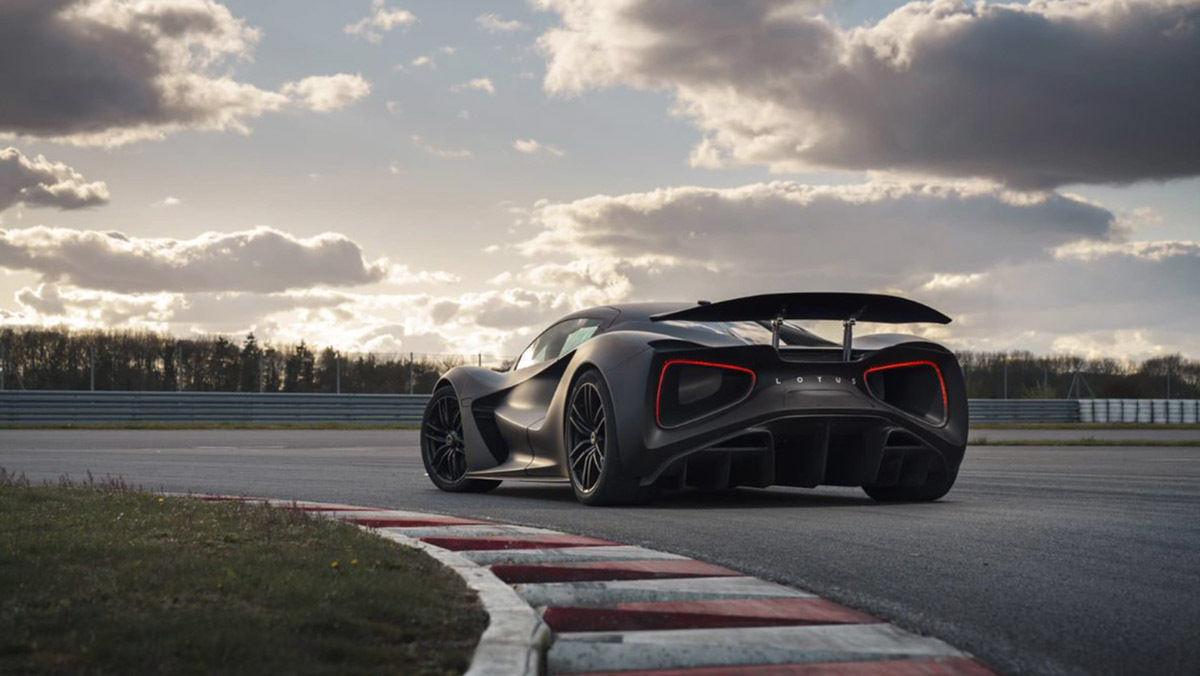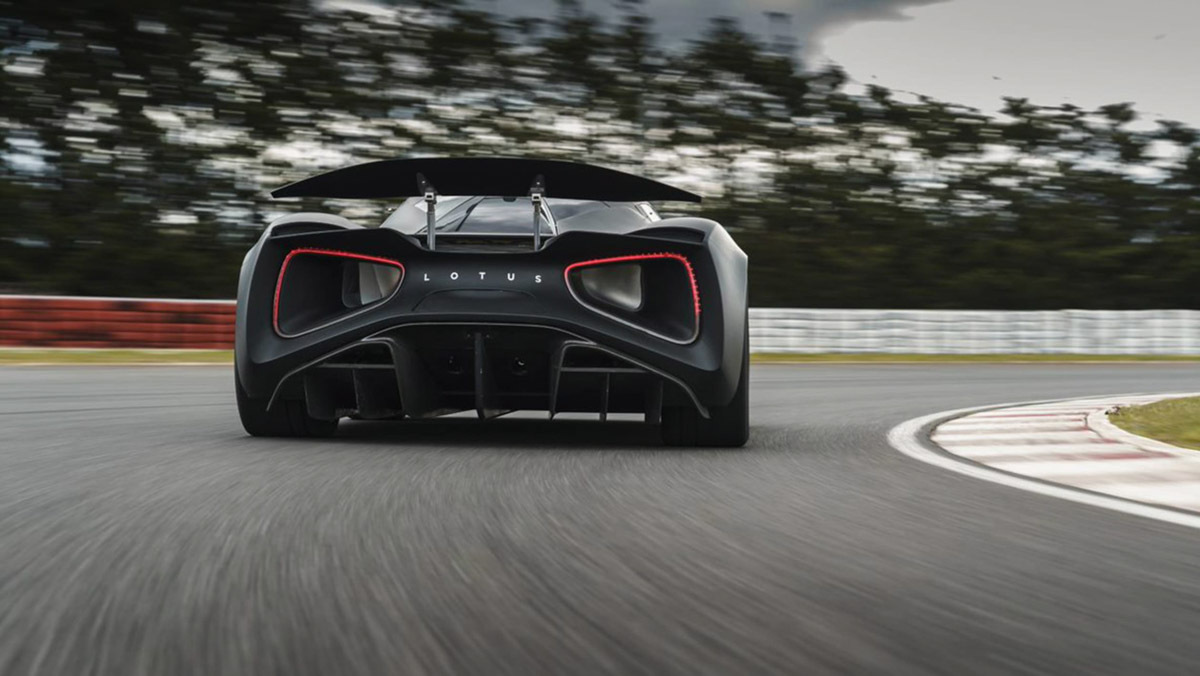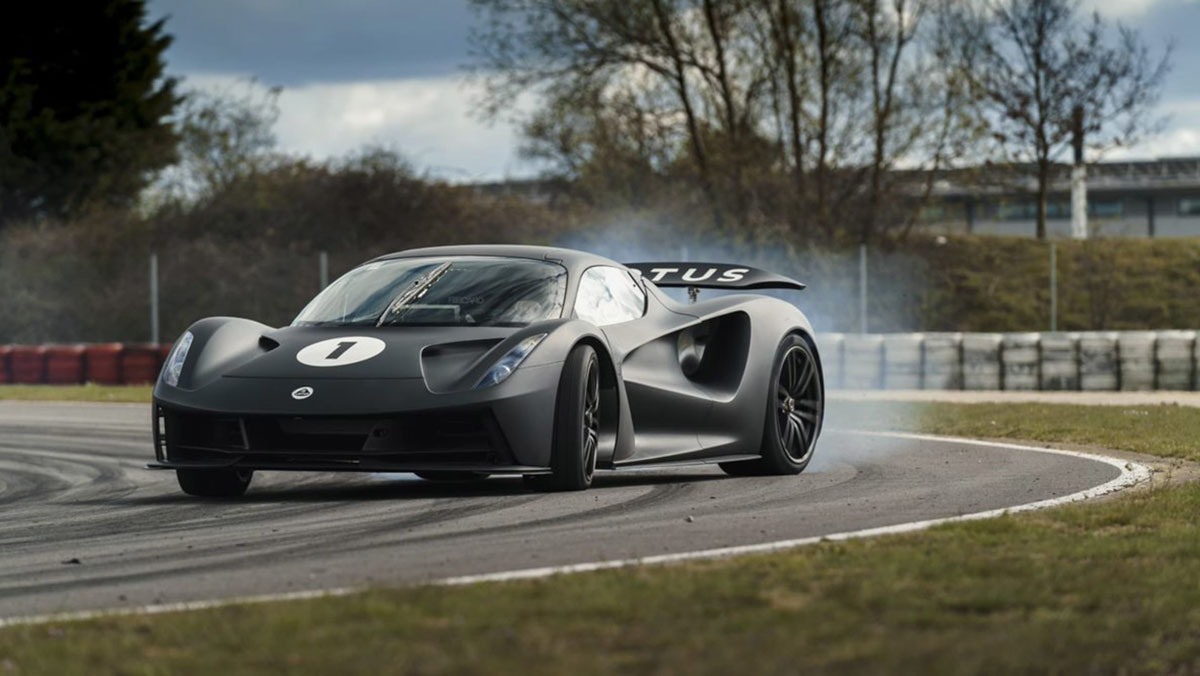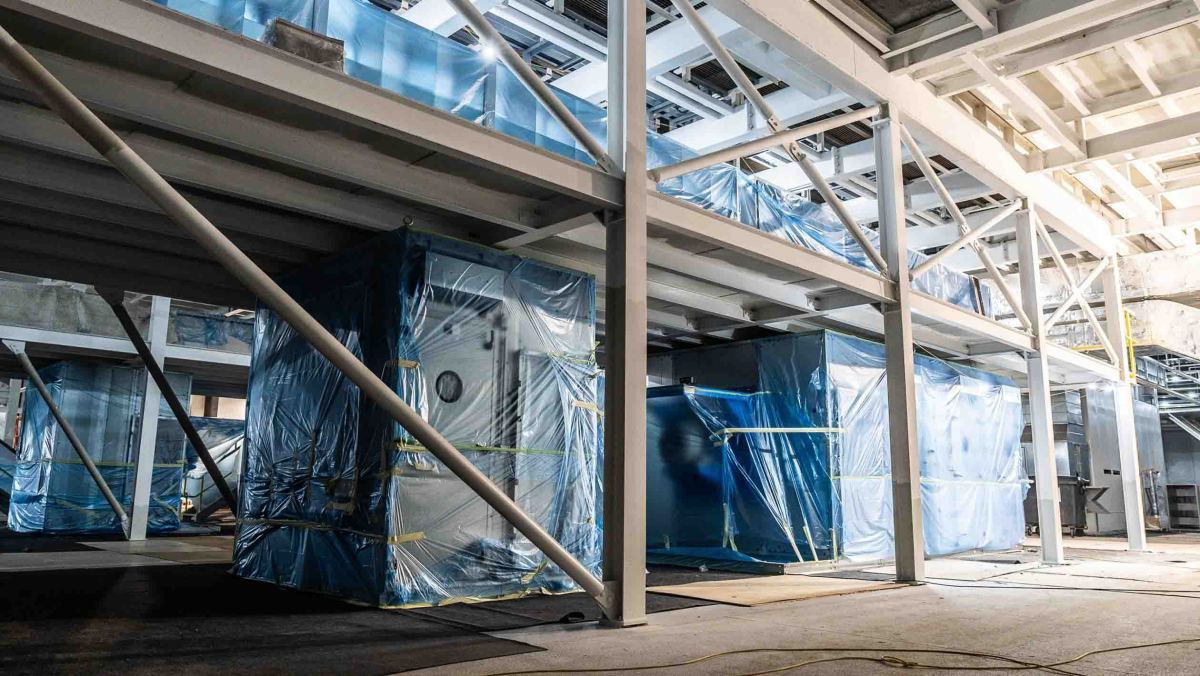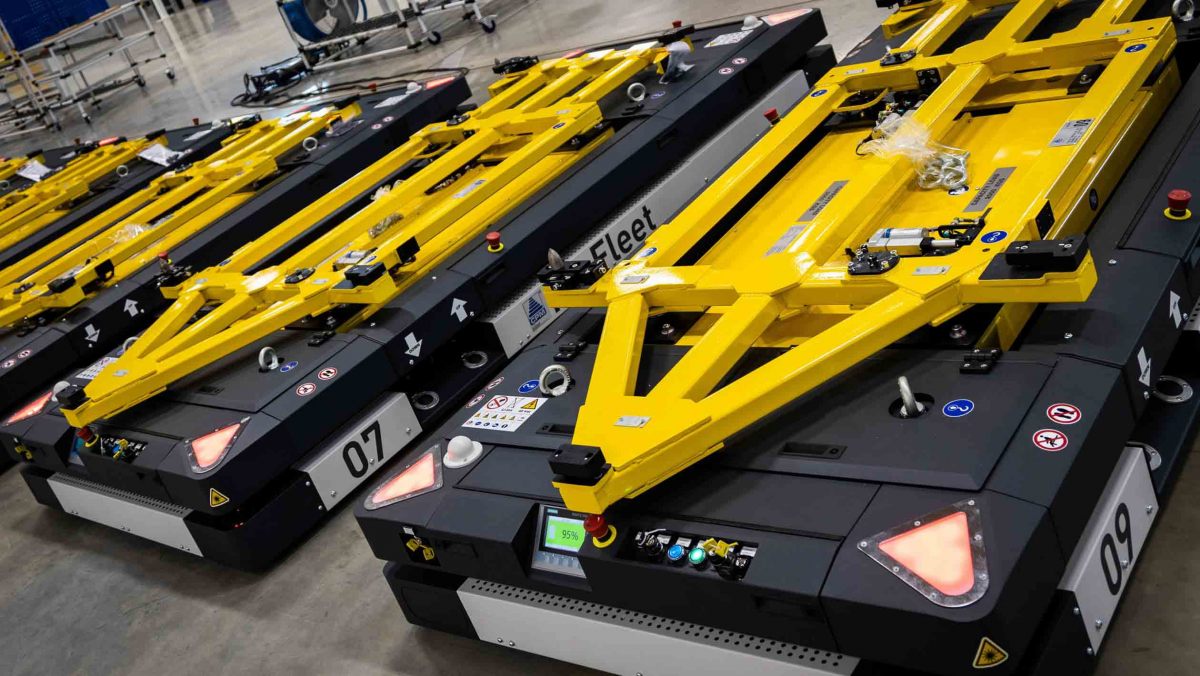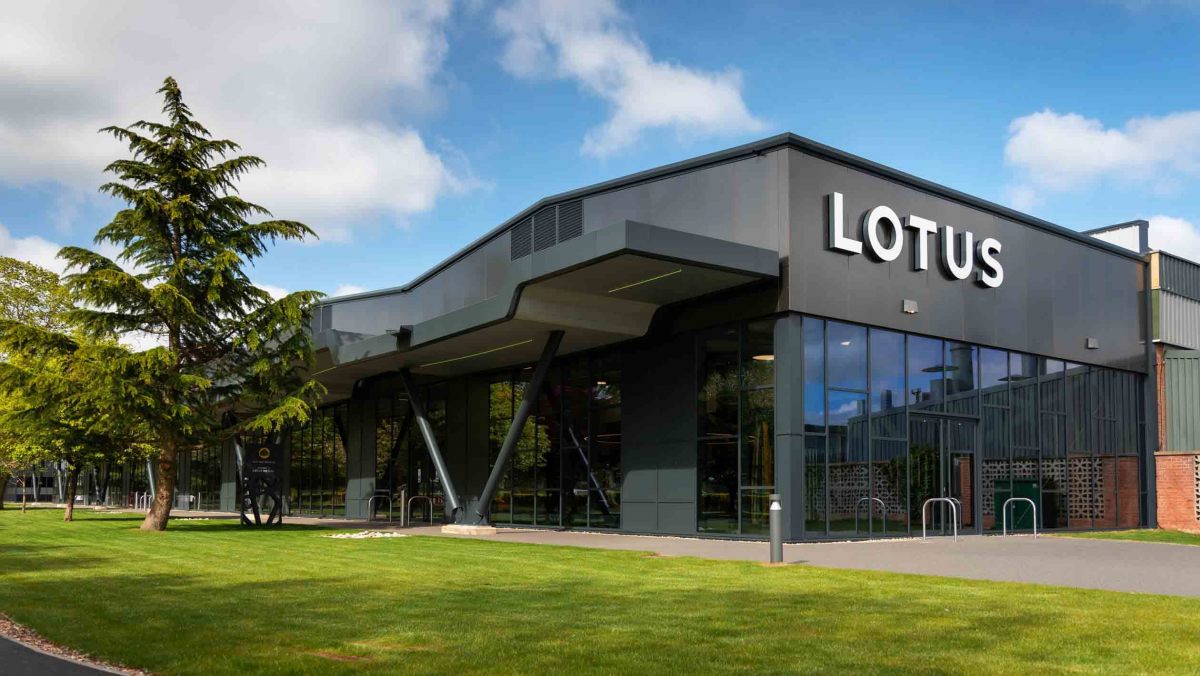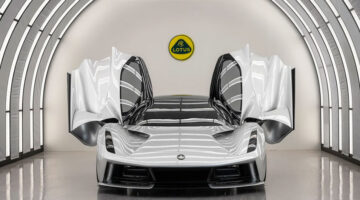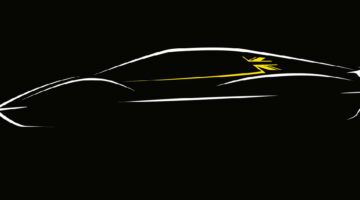The new Lotus Emira will feature a range of combustion engines and will be one of 4 new architectures in development at Lotus
Lotus has laid out its future roadmap confirming development of no fewer than four new vehicle architectures. The brand aims to leverage its position within the Geely conglomerate to become a new force in premium and sports car marketplaces across the globe. Alongside news of upgrades to its UK facilities, the marque has revealed that the Emira has now entered the pre-production phase.
Ahead of its July 7th reveal, the new Emira has now moved to the next stage of development, now taking advantage of these new facilities. Utilising one of two new production halls coming as part of a $140m investment into Lotus’s Hethel base, the production process now features the sort of cutting edge automation of any modern mainstream manufacturer, said to improve quality, efficiency and maximise output.
> Electric Lotus SUV in development – one of a range of new models due
The Emira will feature the first of these new architectures simply called ‘Sport’, which will be underpinned by the extruded aluminium construction method Lotus pioneered in the Elise some 25 years ago. Designed to collectively replace the Elise, Exige and Evora in one model, the Emira will also be the last Lotus model to be released with a combustion powertrain, promising not just one, but a range of engine options. While it won’t cost McLaren money, our understanding is that Lotus’s new car will have a pricing structure similar to Porsche’s 911 (a Carrera starts at $116,000).
In terms of those body styles, a coupe is a given, with a roadster also set to be offered, although whether this will feature a lift-out targa-style panel as utilised by current Lotus roadsters or a more conventional folding roof, we’ll have to wait and see.
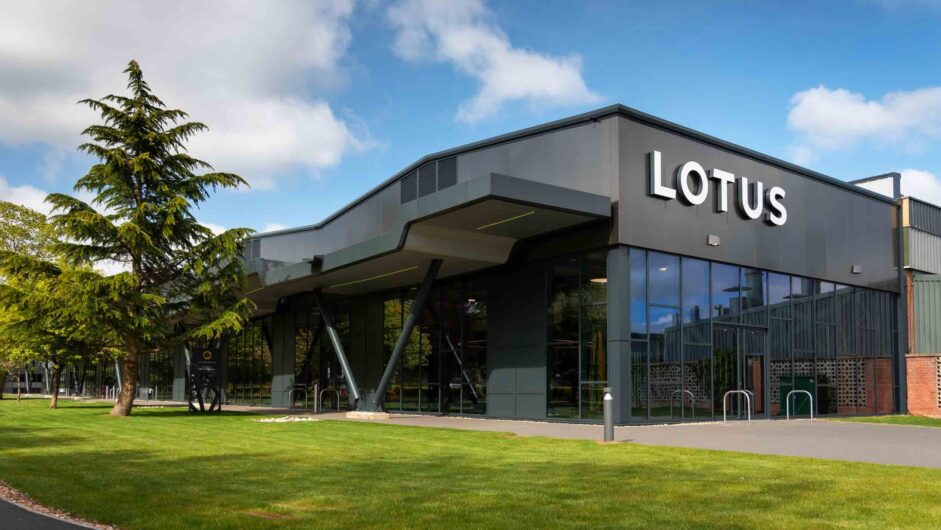
The engines will be sourced from Toyota, and will be available with both automatic and manual transmission options. There will also be a smaller-capacity engine option available, but Lotus has been coy about specifics of either powertrain. The new Emira will be produced in higher numbers than its predecessors, too, with a production target of around 5000 units per annum, and is expected to stay in production for as long as customer demand remains.
The new Lotus Emira will take design inspiration from the Evjia electric hypercar, and so will bear no resemblance at all to Lotus’s outgoing range. We can expect completely bespoke proportions designed specifically for the Emira when the car is finally uncovered at a global reveal event on July 6. The car will then have a public debut at the Goodwood Festival of Speed.
New Lotus platforms
Next up is the announcement of a new ‘Premium’ architecture, development of which will be based in the UK, but completed in collaboration with Geely’s other development teams in China, Sweden and Germany. It will then be developed into a range of ‘lifestyle’ models ie. crossovers and SUVs, and is expected to be Lotus’ key source of revenue beyond 2025.
This new platform will have the flexibility to underpin a whole range of new models, beyond the expected SUV, too, and is able to be adapted to suit the car it’s underpinning. It will be built in China, but designed and developed right here in Hethel in a similar setup to Polestar’s models.
The remaining two architectures are a ‘Hypercar’ platform, which is the bespoke carbonfibre construction that underpins the all-electric Evija, and finally the ‘E Sports’ platform – a long-term collaborative platform that will be shared between Lotus and Alpine, with Lotus Engineering again taking the lead on initial development. This platform is also thought to be available to other OEMs, including brands from within both the Geely and Alliance conglomerates.
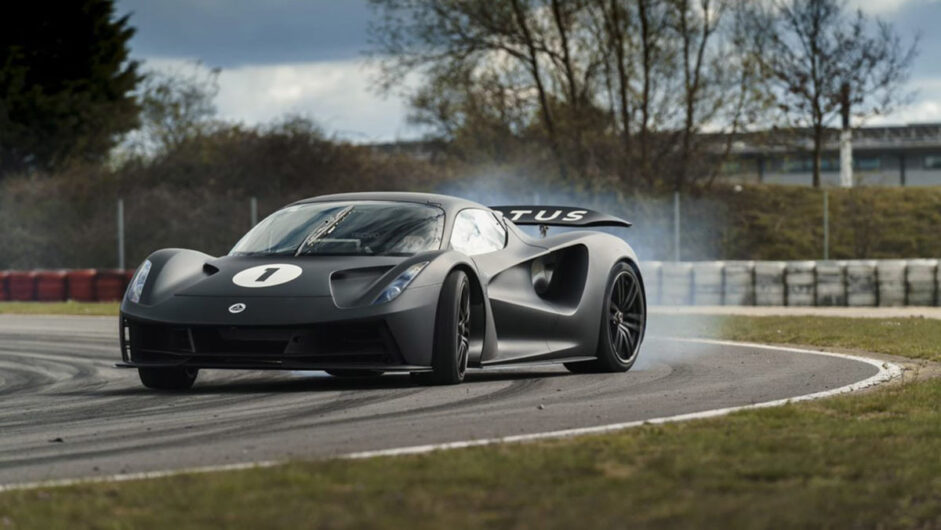
Under Phil Popham’s leadership and with Geely’s backing, Lotus has steered a steady path through the Covid storm. Continued investment from its Chinese owners has allowed the firm to quietly go about its business, with any visit to Hethel providing a physical reminder of the work being carried out. The Evija assembly hall was handed over to those responsible for fitting it out at the beginning of the year, a new production hall for the Emira is nearing completion, and the existing halls are also in the process of being thoroughly overhauled.
Away from the Hethel site there is a new technology centre at the University of Warwick, which joins a new sub-assembly facility in Norwich. These alone will add 250 people to the Lotus payroll, with another 250 new employees required for Type 131 production in 2021, lifting Lotus’s headcount to 2000.
In terms of Type 131 production numbers, Hethel’s capacity is in the region of 8000 units per year (a number it hasn’t reached since the days of the VX220, Elise and Exige being simultaneously produced), and while the new car won’t account for all that capacity, Lotus is confident it will be responsible for the lion’s share, with the Elise, Exige and Evora adding to it as they are replaced over the coming years. And while Geely is willing to invest in Popham and his team’s strategy, each model has to pay for itself and make a contribution to the bottom line. For the first time in decades the Type 131 could be the Lotus to do just that.
This article originally appeared at evo.co.uk
Copyright © evo UK, Dennis Publishing

